Blog
-
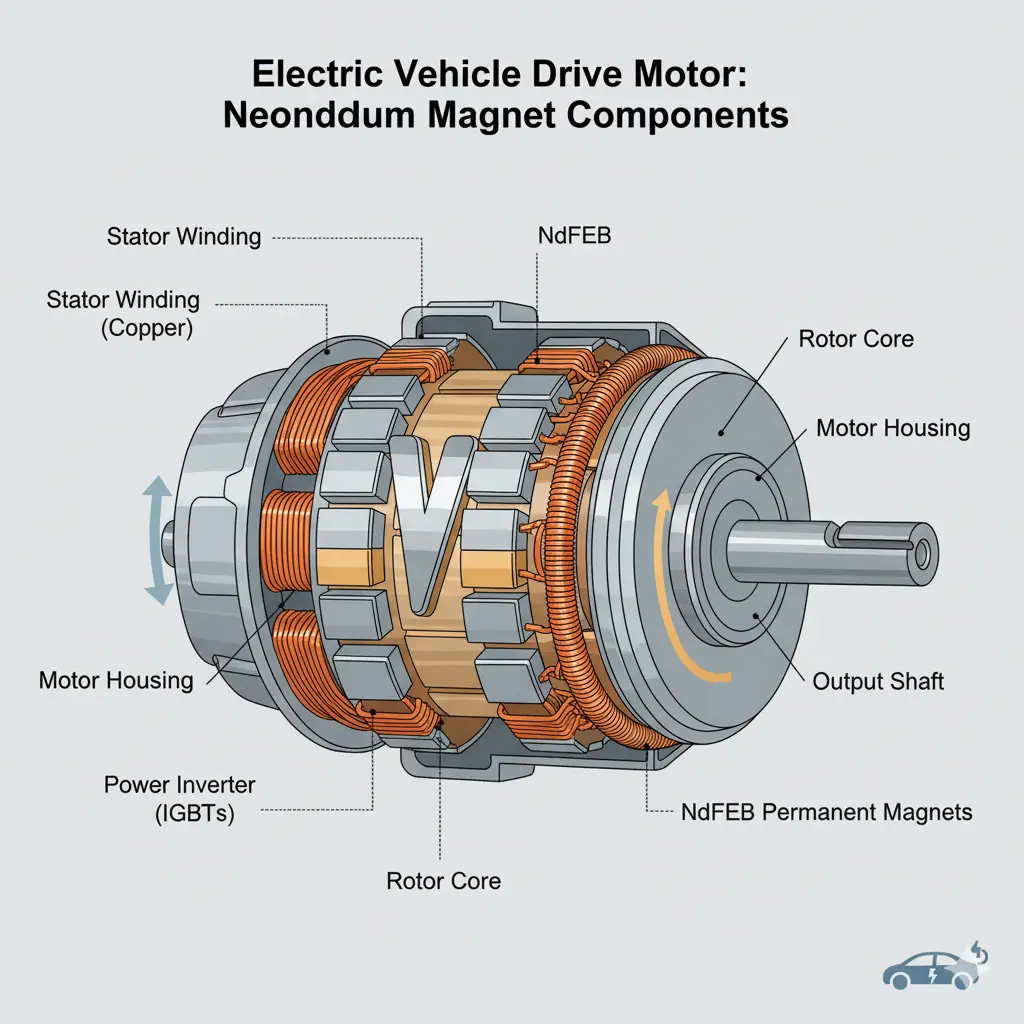
Magnets in New Energy Vehicles: Driving the EV Revolution
The rise of new energy vehicles (NEVs), especially electric vehicles (EVs), is transforming the automotive industry. One key technology behind this transformation is the use of high-performance magnets. From drive motors to steering and braking systems, magnets—especially neodymium (NdFeB) and…
-
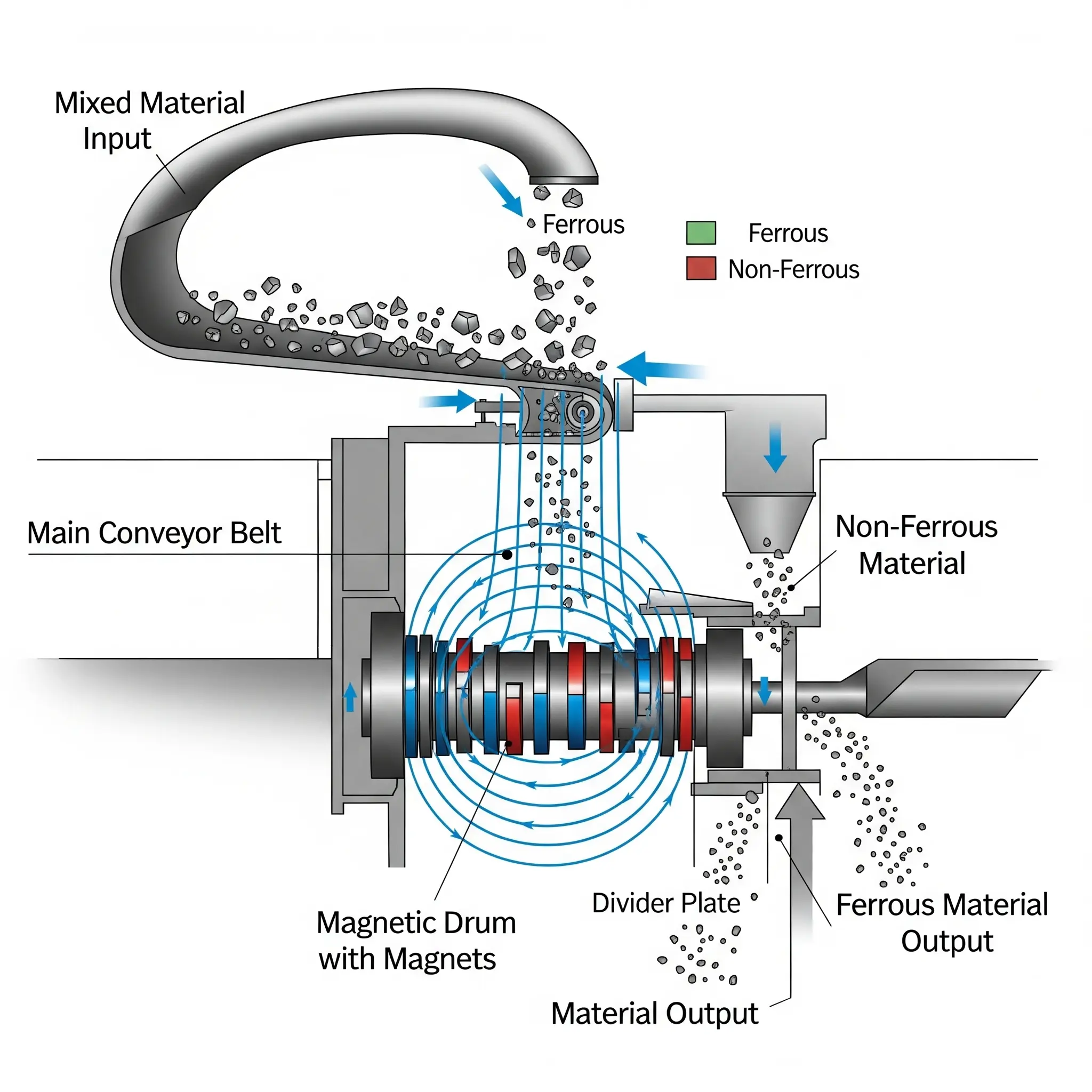
Magnets in Magnetic Separators: How They Work and Why They Matter
Magnetic separators are essential equipment in industries like mining, recycling, food processing, and ceramics. At the core of every separator is a magnet — the key component that creates the magnetic field necessary for material separation. This guide explains what…
-

Magnet Selection Guide for Professional Magnetic Nail Art
Magnetic nail polish has transformed the nail art world — from mesmerizing “cat eye” streaks to luxurious “velvet” textures and even 3D holographic illusions. Behind these stunning effects is one key tool: the magnet. As a professional magnet manufacturer, HS…
-
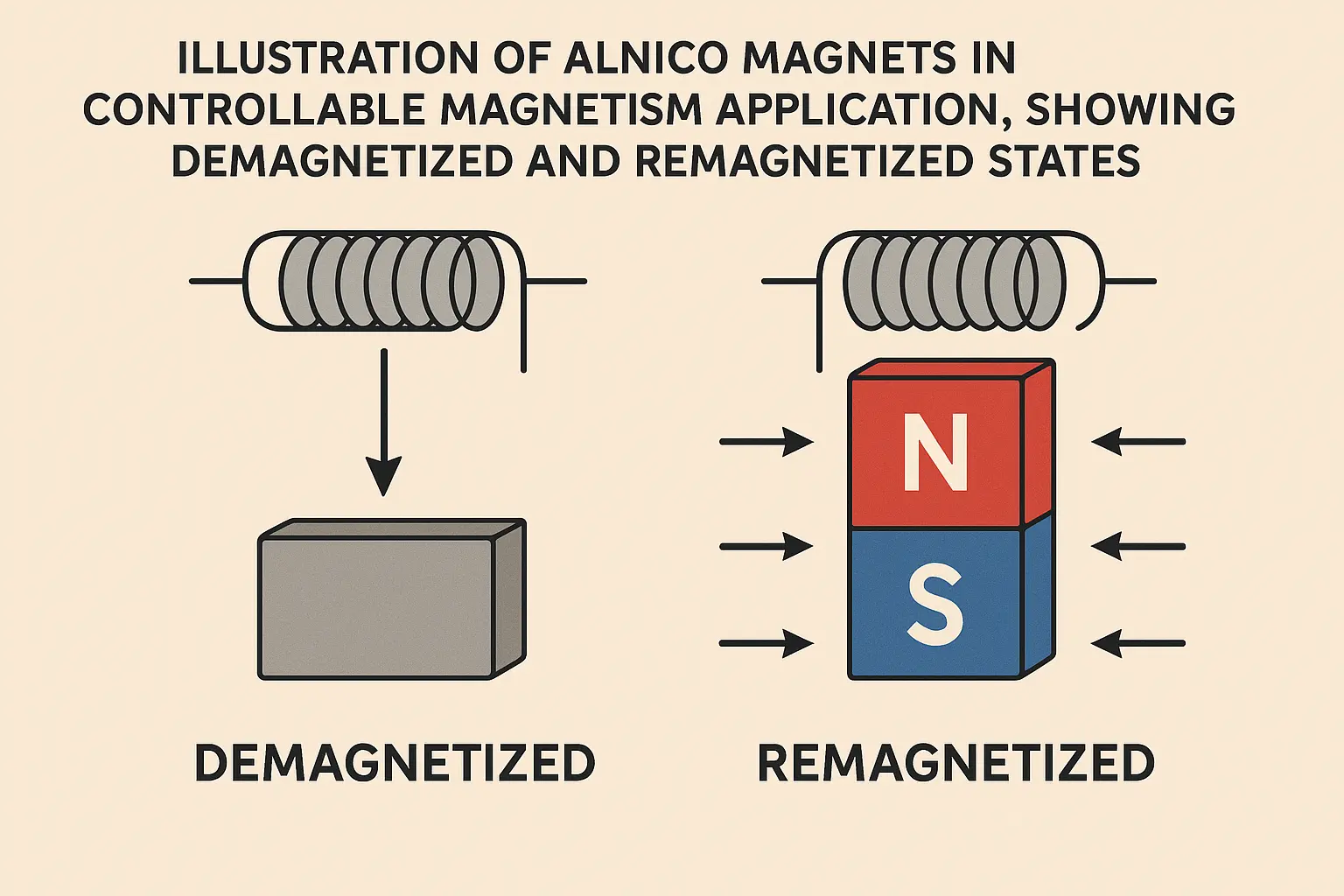
Demagnetizing and Remagnetizing Alnico Magnets: How Controllable Magnetism Powers Special Applications
Alnico magnets are famous for their stability, temperature resistance, and ability to retain magnetism for decades. But unlike rare earth magnets, Alnico has a unique feature: it can be demagnetized and re-magnetized relatively easily without damage—making it perfect for applications…
-
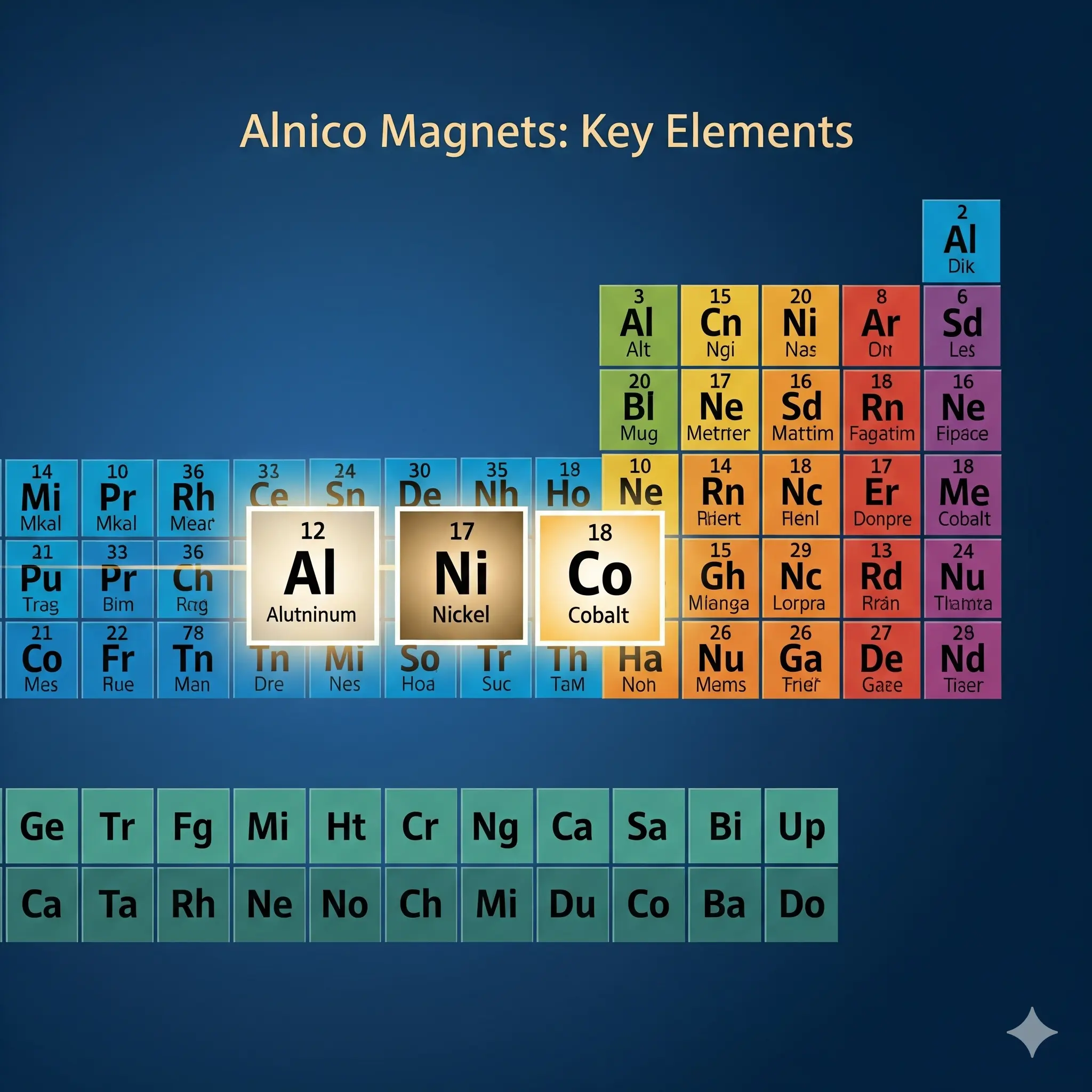
Understanding the Elements in Alnico Magnets: Why Balance is Everything
Alnico magnets are a class of powerful permanent magnets made primarily from Aluminum (Al), Nickel (Ni), and Cobalt (Co)—hence the name Al-Ni-Co. But these are not the only elements involved. Iron (Fe) forms the base, while trace amounts of Copper…
-

Why Do Permanent Magnets Stay Magnetic?
Permanent magnets are essential in countless applications — from motors, loudspeakers, and MRI machines to fridge magnets and magnetic tools. What makes them remarkable is their ability to retain magnetism for decades or even centuries. But why can they “remember”…
-
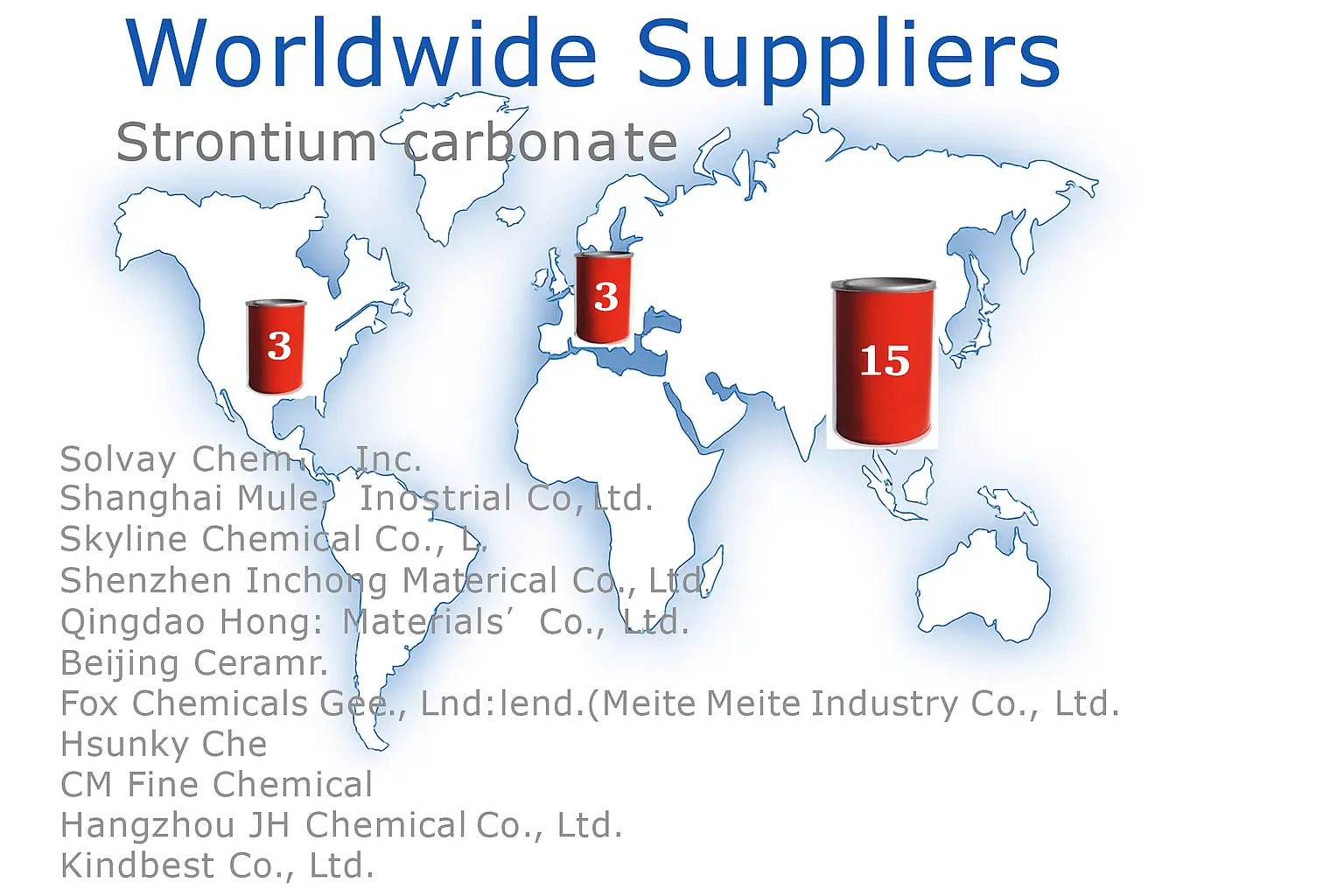
Ferrite Magnet Prices Surge as Strontium Carbonate Supply Crisis Deepens
A sudden and severe disruption in the strontium carbonate supply chain — a key raw material for ferrite magnets — is sending shockwaves through the global magnet industry. Prices of ferrite magnets, widely used in motors, speakers, appliances, and industrial…
-

Ferrite Magnets in Industrial Applications – Uses, Benefits & Why They’re So Popular
Ferrite magnets, also called ceramic magnets, are permanent magnets made from iron oxide (Fe₂O₃) combined with strontium (Sr) or barium (Ba).They are affordable, corrosion-resistant, and heat-tolerant—making them one of the most widely used magnets in the world. In this guide,…
-
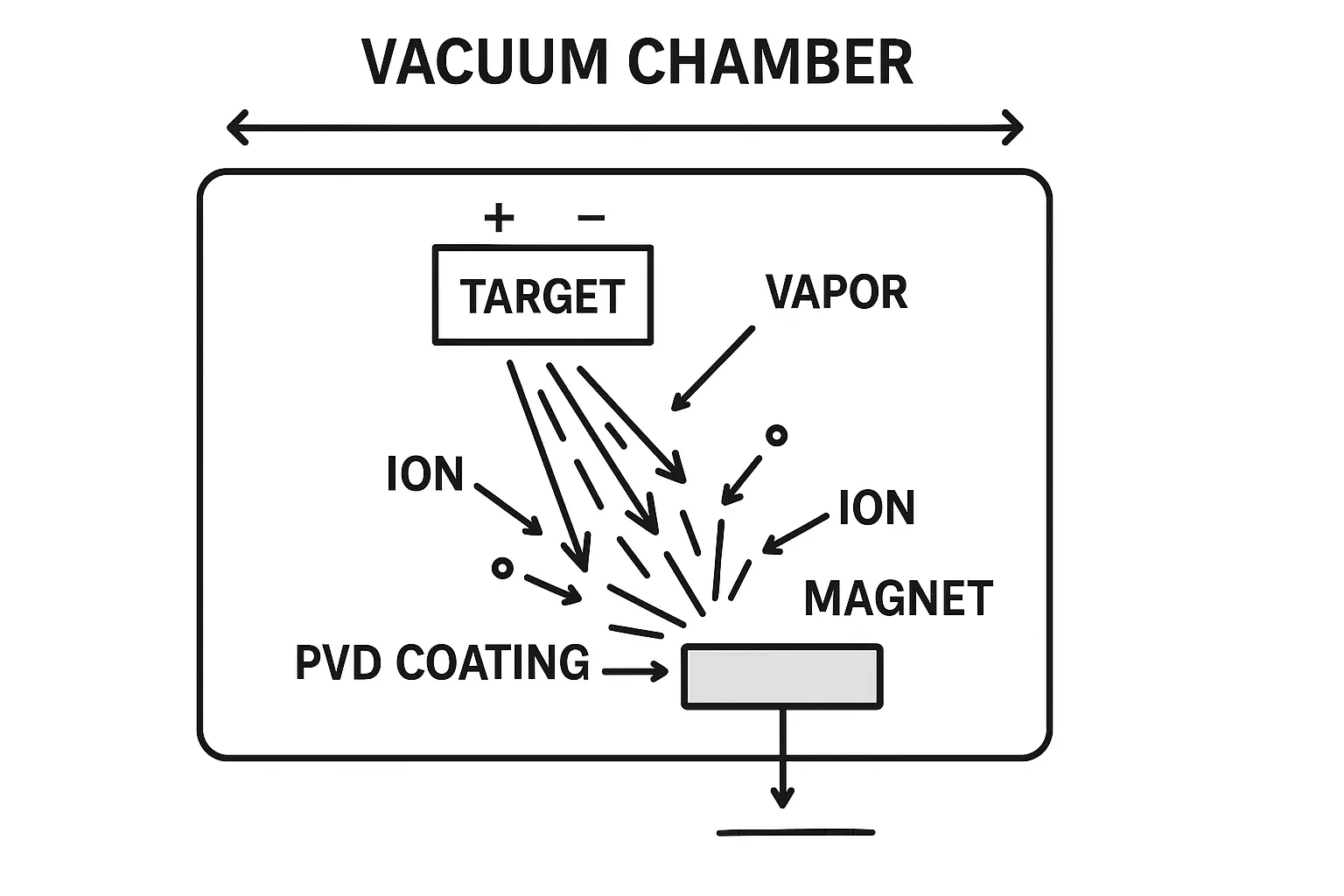
PVD Coating for Magnets – A Modern Alternative to Traditional Plating
In the world of permanent magnets, protecting the magnetic material from corrosion, wear, and environmental damage is essential. Traditionally, Ni-plating or Ni-Cu-Ni plating has been the go-to solution for surface protection, especially for neodymium (NdFeB) magnets. However, a newer technology—PVD…
-
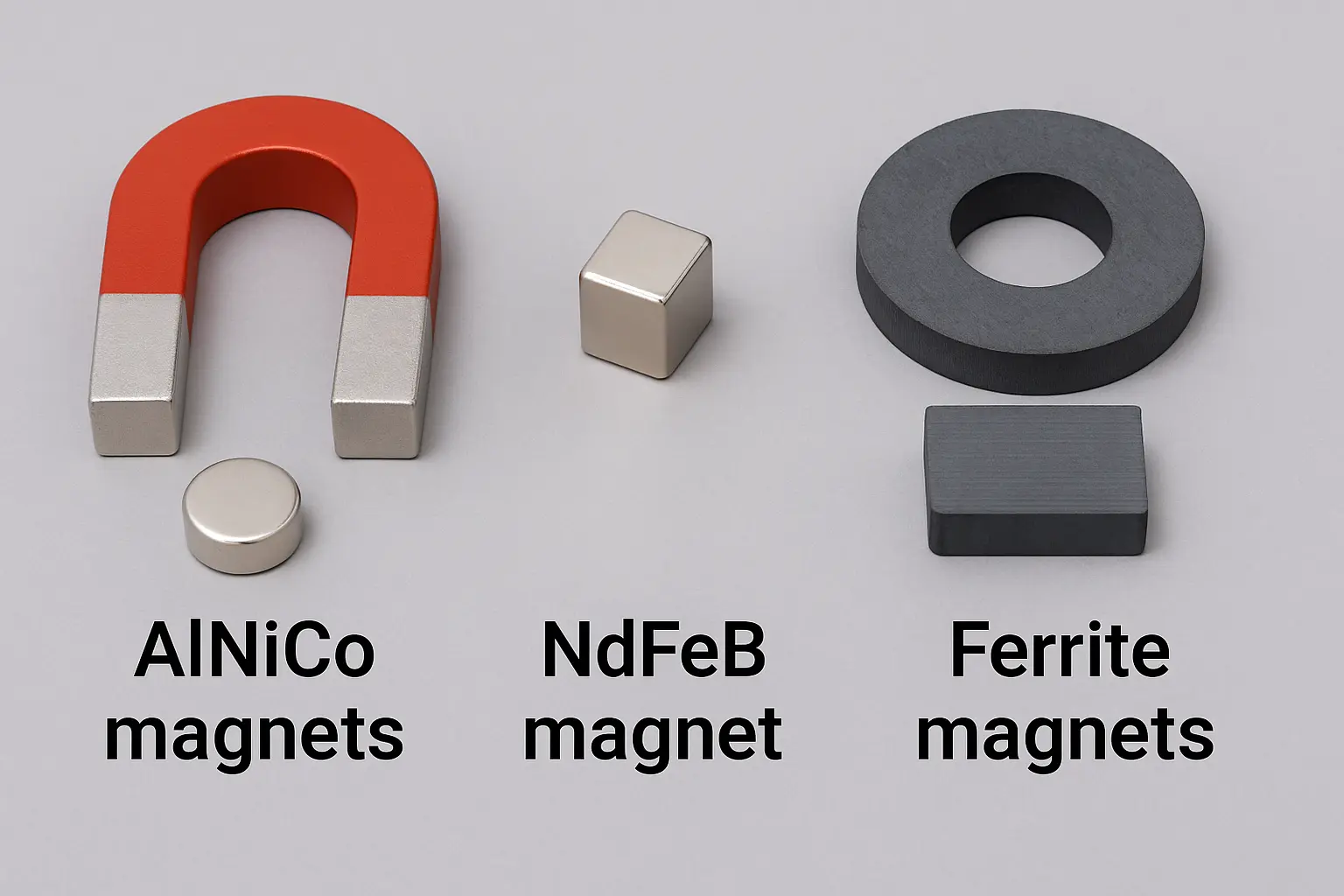
Why AlNiCo Magnets Are Still Irreplaceable in Modern Industries
In a world where neodymium magnets dominate headlines and ferrite magnets lead in low-cost production, AlNiCo magnets might seem like a relic from the past. After all, they’re weaker than NdFeB, more expensive than ferrite, and not as strong as…
Lastest Posts
- Magnets in New Energy Vehicles: Driving the EV Revolution
- Magnets in Magnetic Separators: How They Work and Why They Matter
- Magnet Selection Guide for Professional Magnetic Nail Art
- Demagnetizing and Remagnetizing Alnico Magnets: How Controllable Magnetism Powers Special Applications
- Understanding the Elements in Alnico Magnets: Why Balance is Everything
New Comments
[…] 1. Choose the Right Cattle Magnet […]
Nice post. I was checking constantly this weblog and I am impressed! Extremely helpful info specially the last section :)…
the magnet can be magnetized by the neodymium magnet, if you don’t have a magentizer that 2 neodymium magnets can…
The Speedometer seems to be vastly under reading. The mechanisim is a nippon seiki type. On a identical woking unit…

Thanks for your comments, if you have any questions about magnet, feel free to contact us~